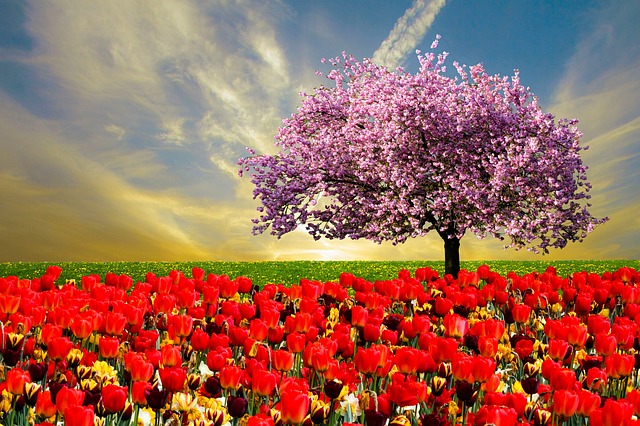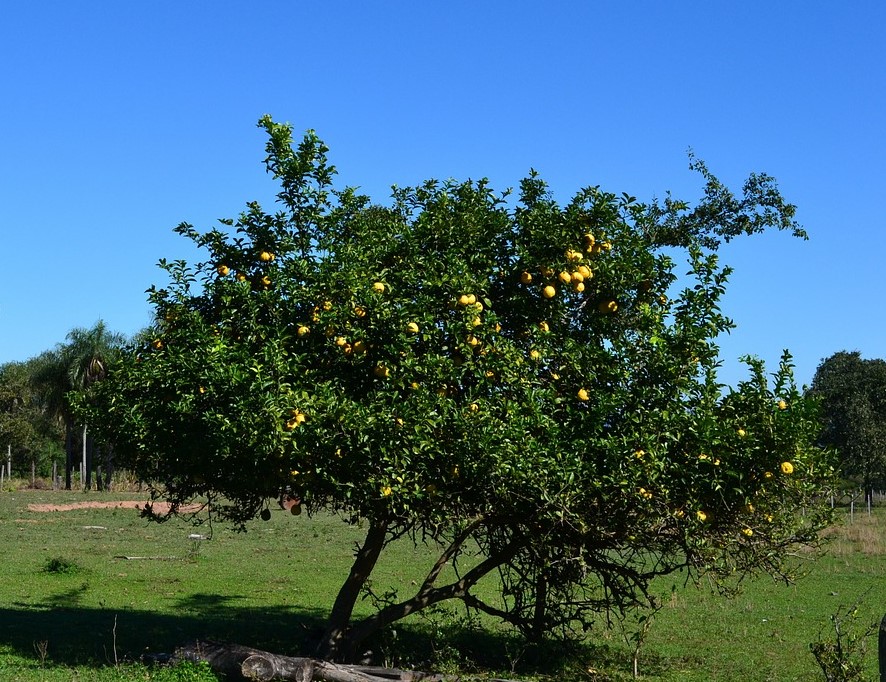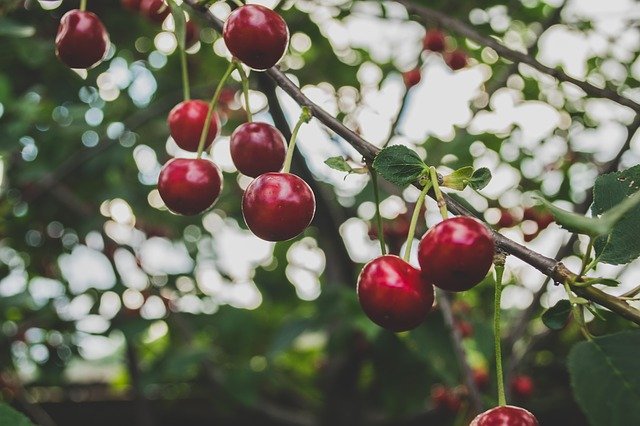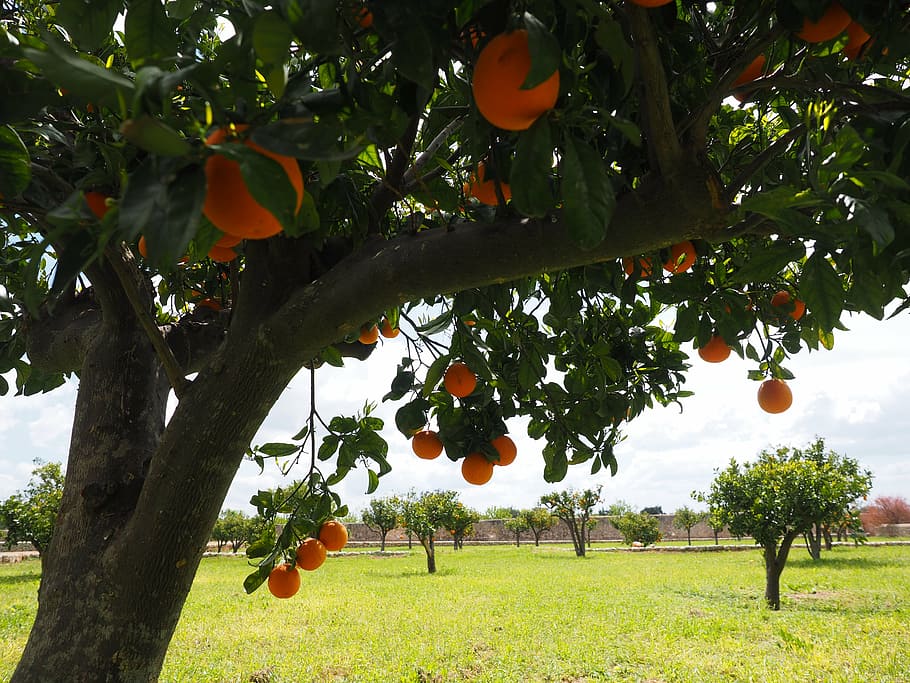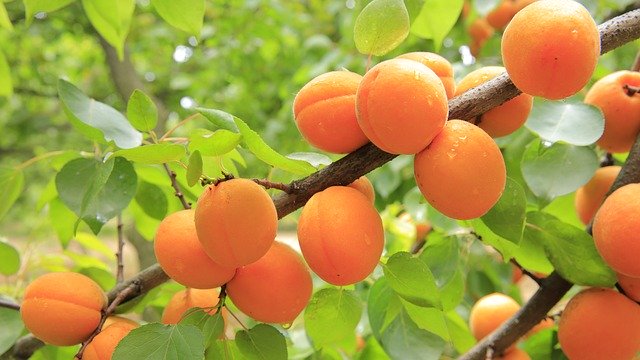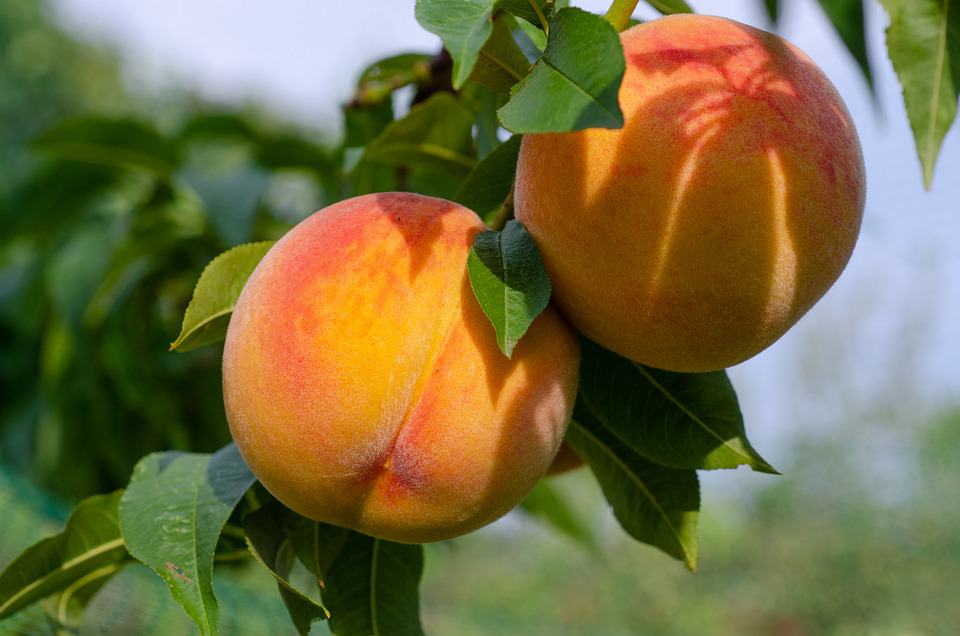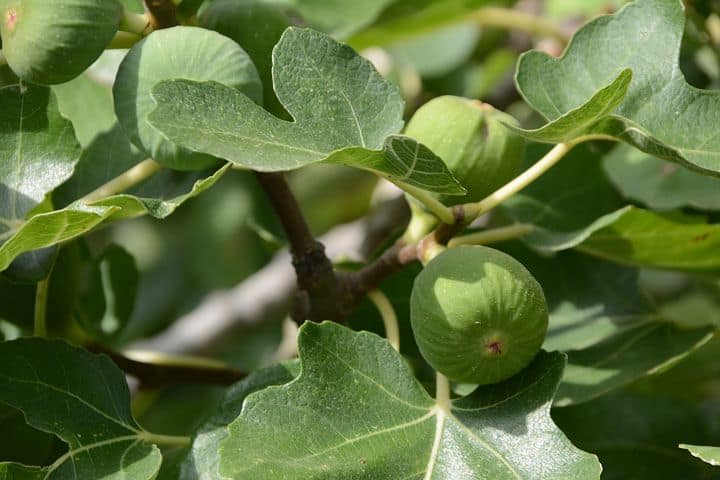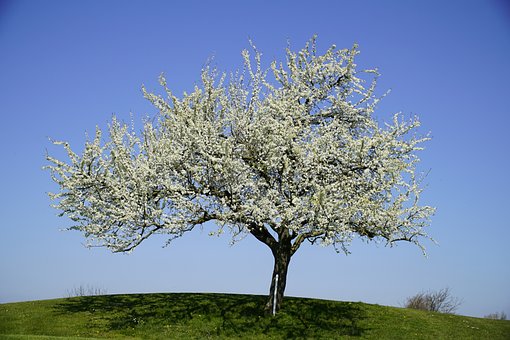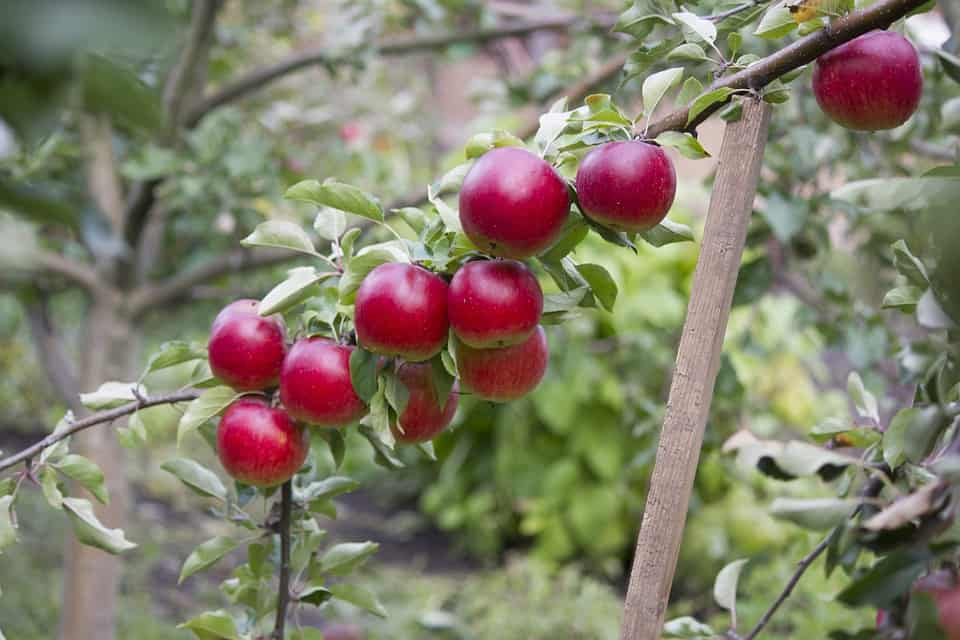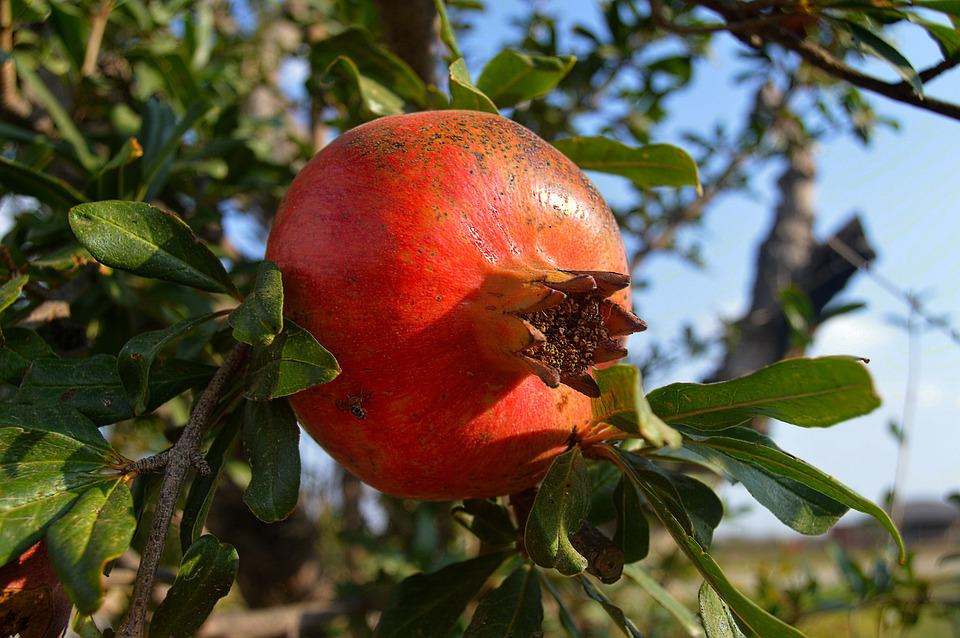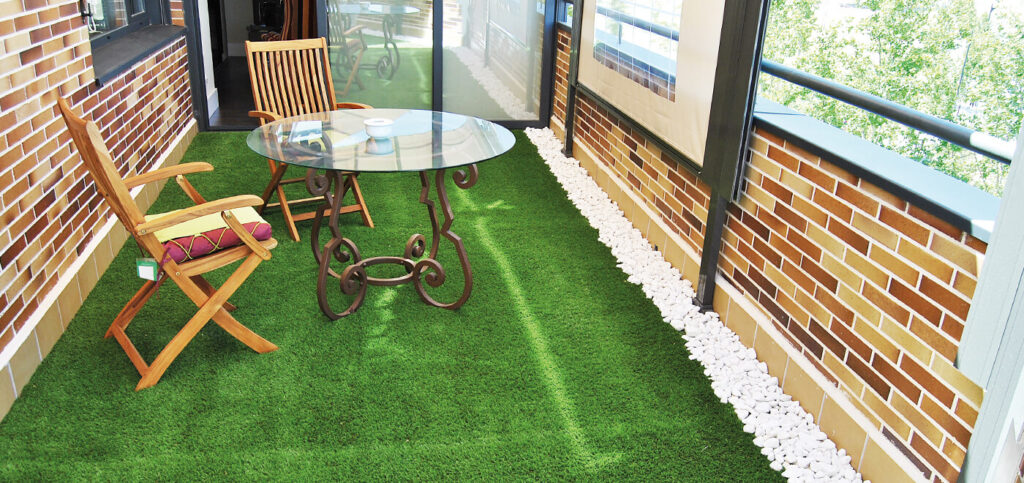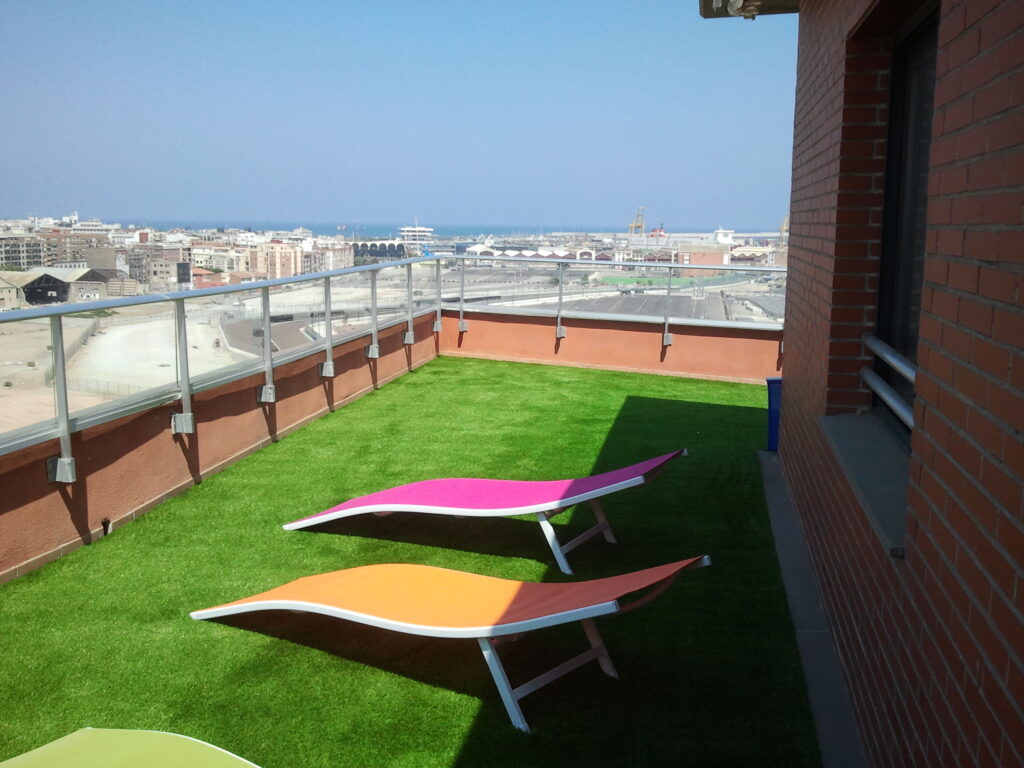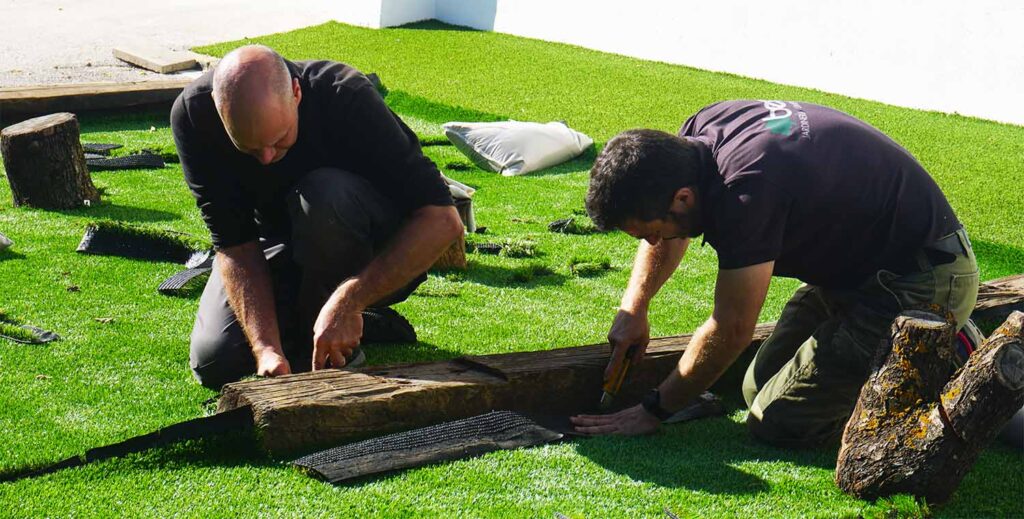Fruit trees are a marvel, these majestic vegetable beings amaze us with their beauty, offer us their delicious fruits and provide us with shade in our garden to shelter us in the sunniest times of the year.
We want to share with you 10 ideal garden fruit trees to plant in your home. Read on and learn everything you need to know to grow them.
Almond tree
The almond tree is a tree with beautiful flowers and delicious fruit. The best time to plant it is at the end of March, May or early June. It should be planted in a sunny spot in the garden in sandy soil, with good drainage and add a good amount of organic fertilizer.
The almond tree is one of the most drought tolerant fruit trees, however, you should water it frequently to avoid puddles on the ground. When it is harvest time just shake it and enjoy its delicious fruits.
Lemon tree
These plants can grow into a beautiful tree with yellow fruits. Plant it in a sunny place where strong winds do not affect its growth, as its branches are thin.
The soil should be more clayey and have good drainage.
The lemon tree needs moist soils, so you will need to water it constantly, add compost and nitrogen fertilizers to the soil. Once planted it will need about 7 years to mature, but after that time its fruits can be enjoyed all year round. Who doesn’t enjoy a delicious lemonade, and what better than with fruits from the garden!
Cherry trees, fruit trees for garden of great beauty
If you decide to plant cherry trees you can enjoy a long-lived and large tree in your garden, so prepare the place for it. Look for a large space and leave about 5 meters around the plant, with good light and airy. Plant it in spring in fertile, slightly chalky, well-drained soil. It takes about 6 years for the cherry tree to reach maturity.
It is a drought resistant tree, so it does not need much watering, but it is best to keep the soil moist without puddles. When it bears fruit, pick it by hand when it is a uniform red color. Its flower is one of the prettiest of the garden fruit trees.
Naranjo
The orange tree is another large tree, very beautiful and rich in fruit. This plant requires an airy and sunny location, prefers warm temperatures no higher than 35°C and should be protected from cold winds. The ideal soil is sandy or clayey, which retains water and nutrients that you add with compost.
The best time to plant is in spring, depending on your local climate and the amount of rainfall this tree may need more or less water. We suggest regular watering in the spring and increased watering in the summer, but do not leave puddles on the ground. Water a little more in summer and decrease in autumn and winter.
Apricot
Also, we have the beautiful apricot tree or apricot, a plant of Asian origin. To plant it, choose a sunny spot in your garden near a wall to retain more light, sheltered from rain and plant it in spring.
These trees require soils with a lot of organic fertilizer and drainage, so you should prepare the soil well before planting.
Water once a week, but leave the soil well soaked, when it is very cold and sunny reduce watering. As an additional tip we recommend renewing the soil substrate every 6 months to ensure adequate nutrition.
Peach tree
If peaches are your favorite fruit, we encourage you to grow your own. The flavor is sure to be exceptional.
For planting peaches, the best time of the year is autumn. Although you can plant them, too, in early spring if you plant the bare root tree. If you decide to plant from seed, this is the peach pit.
This fruit tree is suitable for temperate climate zones, as it does not resist frost or intense cold very well.
This plant requires constant watering and fertilizing for tasty fruits. Drip irrigation is best. And you should give more water a few weeks before harvest.
Peaches are harvested in summer.
Fig trees, ideal fruit trees for the garden
The fig tree is a very resistant fruit tree that does not require much care. It is suitable for all types of climates, as it withstands both low and high temperatures. It is one of the most recommended fruit trees for the garden.
This fruit tree is perfect for fig lovers, this sweet fruit that is harvested in summer is delicious to eat raw and also for desserts, jams, cakes or pies.
In January it is convenient to prune the highest leaves for a good harvest. However, it is advisable to prune only the thinner branches, the thicker ones should be left unpruned so as not to damage the tree.
Peral
Unlike the fig tree, the pear tree does not tolerate excessive heat or extreme cold. It is suitable for planting in temperate climate zones. It is very suitable for the northern and central areas of Spain.
For the pear tree to bear fruit it requires a lot of water, so it is not advisable to plant it in areas with a dry climate. It is not a rainfed tree.
Just as they must be watered assiduously, pear trees require many hours of light to bear rich fruit.
Manzano
If you are more of an apple person, you can eat your own cultivated fruits. It is suitable for cold climates, since the apple tree requires many hours of cold weather to bear good fruit.
Also, it requires a lot of water, so it is convenient to install drip irrigation so that you do not have to be aware of giving it the water it needs almost daily.
The benefits of apples are many. This fruit is used for confectionery, beverages, vinegars, compotes, jams, jellies…
Pomegranate trees, hardy garden fruit trees
Finally, you can plant a pomegranate tree in your garden. Pomegranates have many vitamins and antioxidants and are very healthy fruits.
The pomegranate tree is a fruit tree that withstands any type of climate and is suitable for all types of soil and climates. It is a very resistant plant.
It hardly requires watering. A watering every two weeks in summer will be enough. The rest of the year, it is nourished by rainwater, resisting drought without problems. It is one of the easiest garden fruit trees to grow.
In late autumn and early winter it is time to harvest its fruits.
Now that you know them
Which of these fruit trees for the garden would you like to plant?
If you want to plant them using the cutting technique. In this Albergrass article we tell you how to do it.

